All about camouflage fabrics

Camouflage fabrics will help you if you need to act undercover. Pixel camouflage, gray and blue, camouflage coats and military shirts made of perforated fabrics will come in handy in the forest and in the desert. The main thing is to choose the right fabric, and our article will help you with this.
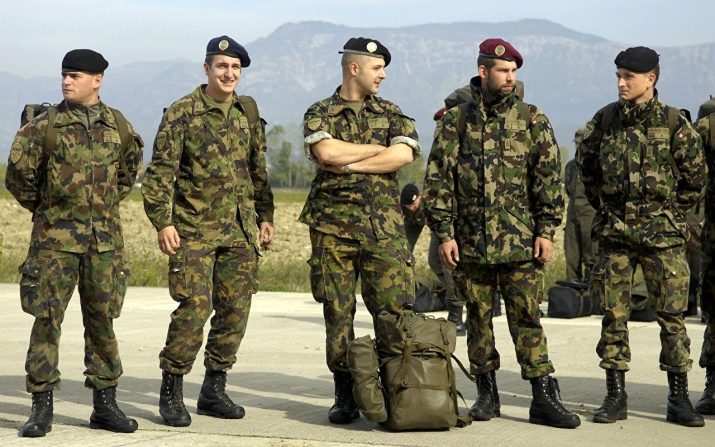
Peculiarities
Almost all living organisms tend to merge with the environment. This helps herbivores to avoid attack, and predators - to attack prey from an ambush. And in order to be invisible, both of them use a number of tricks. Including with the help of protective paint.
Such tricks could not be ignored by a person. Thanks to camouflage, you can not only hide, but also actively move. All kinds of spots and patterns will prevent the observer from calculating the speed and trajectory of movement. Moreover, under the right circumstances, he will not notice you.
But the main task of the camouflage cloth is to hide and protect the soldiers. And the military was the first to use such clothes.

History of origin
For the hunt to be successful, primitive people wrapped themselves in animal skins, used branches and plants. Later, they began to paint their bodies to match the color of their surroundings. And the soldiers disguised themselves in order to unexpectedly attack the enemy.
But the early military uniform did not serve to disguise, but to distinguish between military units. She helped to better navigate in battle, but did not allow unexpected attacks.
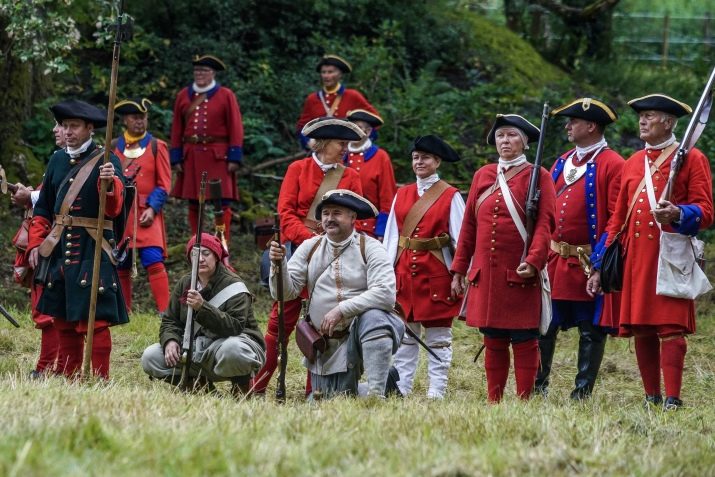
The British were the first to use protective camouflage during the Boer War at the end of the 19th century. Khaki uniforms disguised the soldiers against a backdrop of lush tropical vegetation.
Later, the Japanese adopted this experience. Their uniforms with protective coloration gave advantages in battle with the Russian army, whose soldiers then dressed in white tunics and dark trousers.
Interesting fact. On the eve of the First World War, the French politician Eugene Etienne spoke out against camouflage. He argued that red pants are France, her honor and valor. And, despite the persuasion of the military, the red pants remained, to the delight of the German snipers.
But war - the engine of progress - gave a powerful impetus to the development of means of camouflage. So, in the Soviet Union, the Higher Camouflage School (VMSh) is being created, which has developed a fabric with chaotically scattered spots. Experts from other countries have come to similar solutions.
Camouflage is now used everywhere. Not only in clothes - camouflage nets and capes hide equipment and vehicles from enemy scouts... And, of course, different types of camouflage are needed for different tasks.

Views
The simplest camouflage is one-color. It is suitable for simple conditions, but patterns are made on the fabric for better disguise.
- "Amoeba" - dark brown or green-black spots on khaki-colored fabric.
- "Pixel camouflage" is a pattern of many squares of different shades, from light green to dark brown. They prevent the observer from calculating the shape and speed of the object, and on video surveillance systems such camouflage looks like a blur.
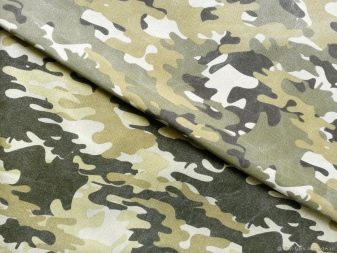
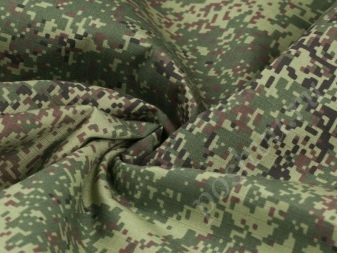
Since the Cold War, camouflage has been divided into 5 large groups.
-
"Forest" - dark green camouflage. It has several subspecies - "moss", "birch", "flora" and others. For better masking, the paint has several shades.
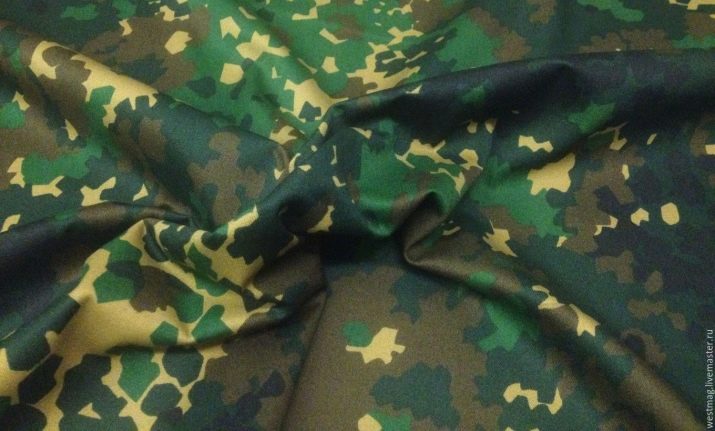
-
"Jungle" They are distinguished by bright and colorful patterns in green, orange and red tones.

-
"Winter" is a white or gray fabric, sometimes with black spots.
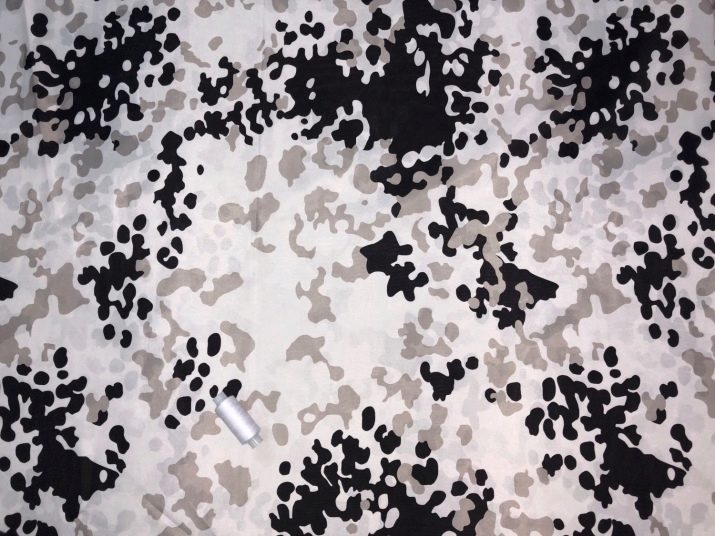
-
"Desert" - sandy yellow shape.

- "Bush" it is used only in South Africa, and therefore is not widely used.

Camouflage does not have to be used for military purposes. Bright military-style clothing in blue, red or pink will make you stand out against the background of the everyday gray city.
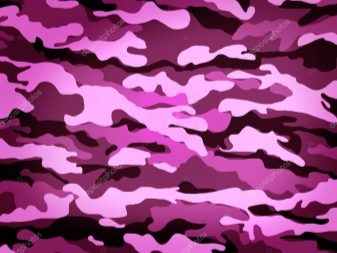
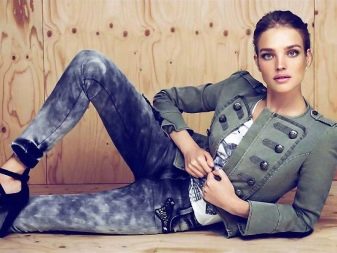
Also, clothes should be comfortable and practical. To do this, it is sewn from different fabrics.
-
Fleece is lightweight, durable and resilient. It washes easily, dries quickly and is non-allergenic. Fleece is also breathable so it is not hot in it. Disadvantages - fleece is highly flammable and electrified. To compensate for these disadvantages, special impregnations are used.

-
Oxford is not made of separate threads, but from groups of fibers. It is durable, does not allow water to pass through and warms well. Oxford products have a long service life. The performance of the fabric can be improved by using an impregnation that will give a protective film.
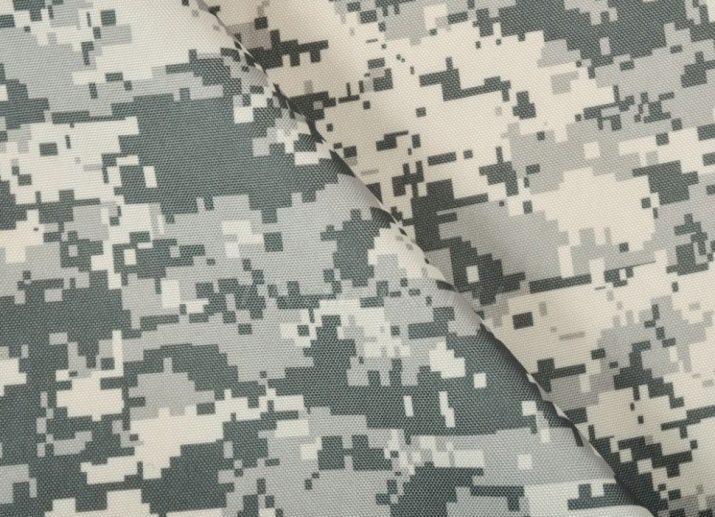
-
Cloak fabric is needed for outerwear. It is very durable, does not wrinkle and resists dirt and wear well. This fabric protects from wind, rain and keeps you warm for a long time. Due to the fact that the composition contains synthetics, the material is unpleasant to the touch. Therefore, the top layer of jackets is mainly sewn from it.
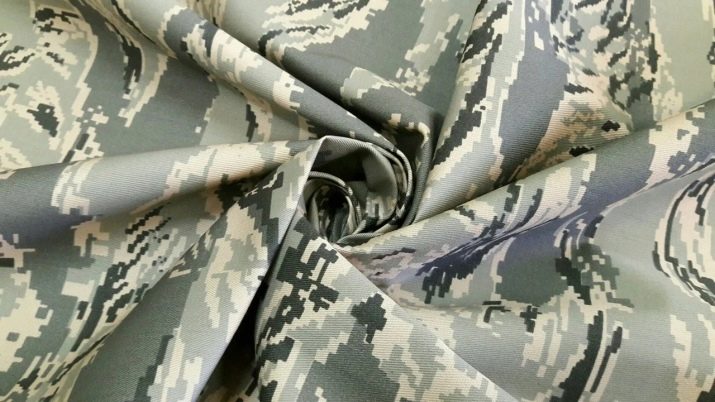
-
Membrane fabrics do not allow water to pass through, but at the same time they are well ventilated. Wearing such clothes is not scary to walk in the rain, and thanks to the special composition, you will not sweat. Such fabric is especially relevant for tourists. But the main drawback is the high price. In addition, such fabric is difficult to wash; special detergents are needed. And from time to time things need to be covered with a special impregnation.
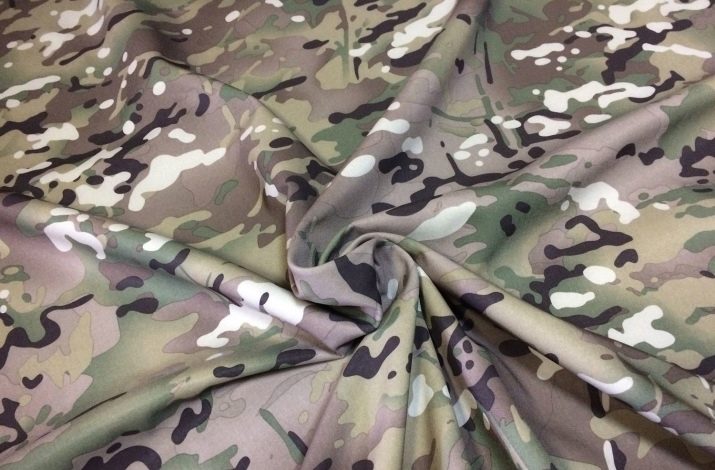
-
Greta is a cotton and polyester blend. It is woven in such a way that a soft cotton lining fabric is in contact with the body, and dense polyester protects you from the outside. Such fabric is pleasant to the touch, keeps its shape well, does not wrinkle or get dirty. The material is widely used for sewing jackets, workwear and uniforms. It is resistant to wear and tear and washes easily.
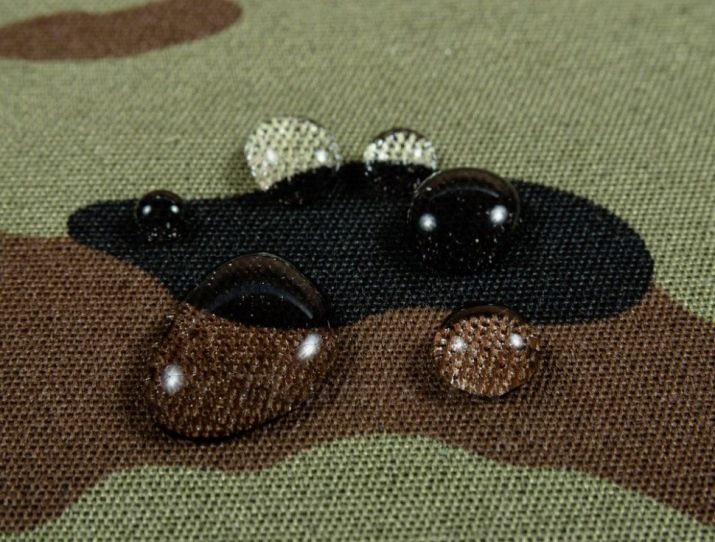
-
Shirt fabric is used for sewing "shirts" - shirts that the military wear under a bulletproof vest or use in everyday life. Due to the perforated structure, such clothing is well ventilated, absorbs sweat, does not rub or create discomfort in movement.To improve the characteristics of the shirt, it is sewn from 2 materials. The underwear is made of synthetics, and the sleeves are made of natural cotton fabric.
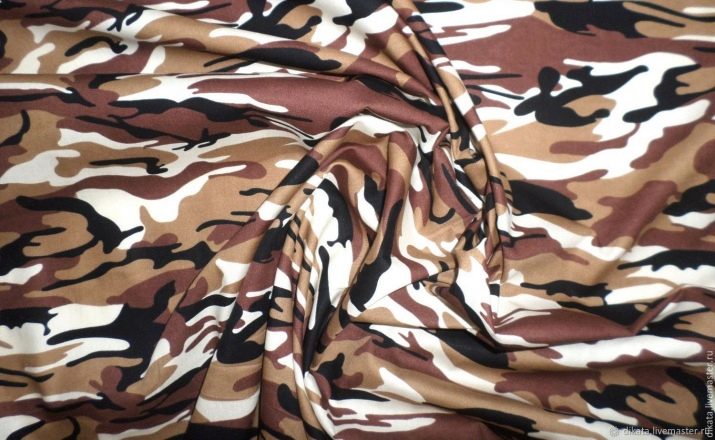
- Wool is warm, comfortable and practical. It warms well and does not create discomfort. But it has serious drawbacks - the fabric shrinks when washed, stretches with constant use and can cause irritation. Therefore, things are sewn not from pure wool, but from a mixture of woolen and synthetic fibers. The most vulnerable places - elbows and knees - are reinforced with additional pads. Therefore, woolen things are not only warm, but also wear-resistant. And, to avoid allergies, underwear is worn underneath thermal underwear.
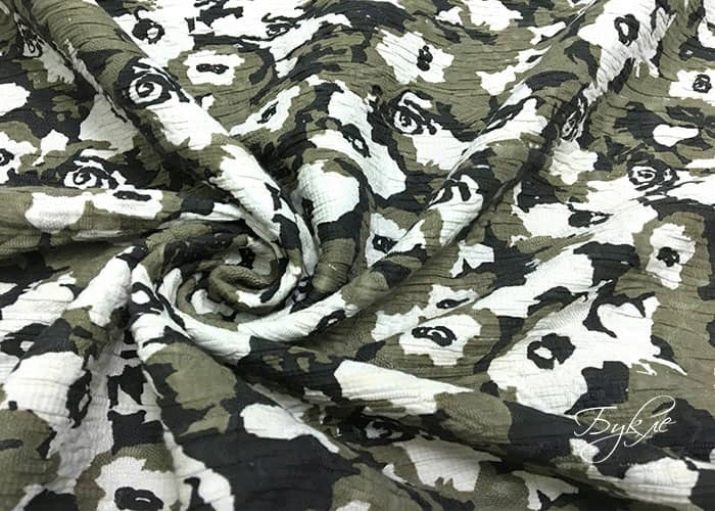
Camouflage clothing combines ease of use and protective properties. Therefore, it has become widespread.
Areas of use
Camouflage is used wherever it is necessary to act covertly.
-
Hunters and fishermen disguise themselves so as not to frighten off their prey. And also such clothes will not let you freeze in ambush.
-
Camouflage fabric is appreciated by tourists for its convenience and practicality. It does not wrinkle and is easy to wash.
-
Airsoft and paintball players also use camouflage for camouflage and protection from injury. The thick fabric absorbs the impact of the balls on the body.
-
Due to their durability and non-staining, camouflage items are popular with builders and other workers. Sometimes they are complemented by reflective stripes.
- The camouflage is beautiful. It will accentuate your character or make a great gift.
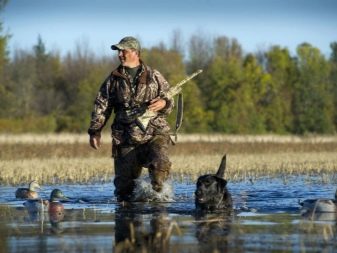
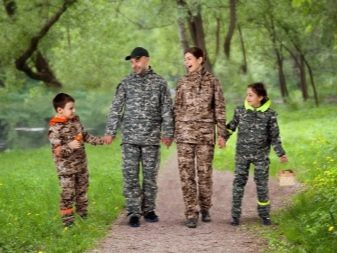
Thanks to mass production and a wide range of products, protective clothing is available to everyone. You can purchase jackets, pants, panama hats and backpacks in any color and pattern. And we wish you never to use camouflage for its intended purpose.








